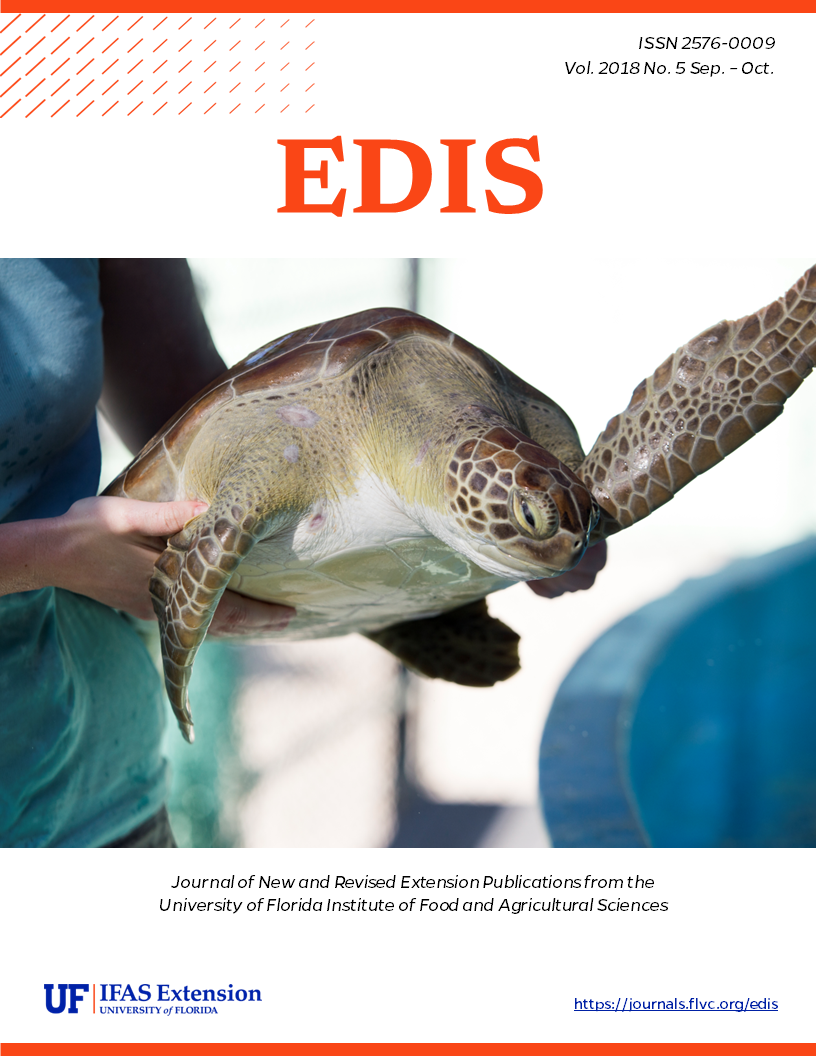Abstract
Seacoast marshelder is an important plant for dune restoration, stabilization, and formation because of its
ability to trap sand. It grows on foredunes and forms low, rounded dunes as sand accumulates (Craig 1991). As the aboveground portions of the plant become buried by sand, rooting is stimulated in stem tissue (Craig 1975). This gives the appearance that the plant is rhizomatous when in fact it is the sand burial resulting in the presence of below-ground stems. This plant occurs throughout coastal Florida (except for the Big Bend coast) and in coastal southeastern states west to Texas and northeast to Virginia.
https://edis.ifas.ufl.edu/sg174
This publication is derived from information in SGEB-75/SG156, Dune Restoration and Enhancement for the Florida Panhandle, by Debbie Miller, Mack Thetford, Christina Verlinde, Gabriel Campbell, and Ashlynn Smith. https://edis.ifas.ufl.edu/sg156.
References
Craig, R.M. 1975. "Woody vegetation for coastal dune areas." Proceedings of the Florida State Horticultural Society 88:428-434.
Craig, R.M.1991. "Plants for coastal dunes of the Gulf and south Atlantic coasts and Puerto Rico." USDA SCS. Agriculture Information Bulletin, Issue no. 460.
Graetz, K.E. 1973. "Seaside plants of the Carolinas." USDA, SCS, and University of North Carolina Sea Grant Program. Sea Grant Publication.
Raymer, J., M. Thetford, and D.L. Miller. 2008. "Fertility rate of seacoast marshelder stock plants influences cutting production and rooting characteristics of stem cuttings." HortTechnology 18(3):372-378. https://doi.org/10.21273/HORTTECH.18.3.372
Stoddard, M., D.L. Miller, L.C. Branch, and M. Thetford. 2014. "Endangered beach mouse: Linking population studies/habitat restoration to predict sea level rise." Final Report submitted to Gulf Islands National Seashore, Gulf Coast Cooperative Ecosystems Studies Unit Project H5000 02 A271. 130 p.
Thetford, M., and D.L. Miller. 2004. Propagation and Production of Seacoast Marshelder. ENH-975. Gainesville: University of Florida Institute of Food and Agricultural Sciences. https://edis.ifas.ufl.edu/ep232
Thetford, M., and D.L. Miller. 2002. "Propagation of four Florida coastal dune species." Native Plants Journal 3(2):112-120.
Van Der Valk, A.G. 1974. "Environmental factors controlling the distribution of forbs on coastal foredunes in Cape Hatteras, National Seashore." Canadian Journal of Botany 52:1057-1073. https://doi.org/10.1139/b74-135
Unless otherwise specified, articles published in the EDIS journal after January 1, 2024 are licensed under a Creative Commons Attribution-NonCommercial-NoDerivs 4.0 International (CC BY-NC-ND 4.0) license.

